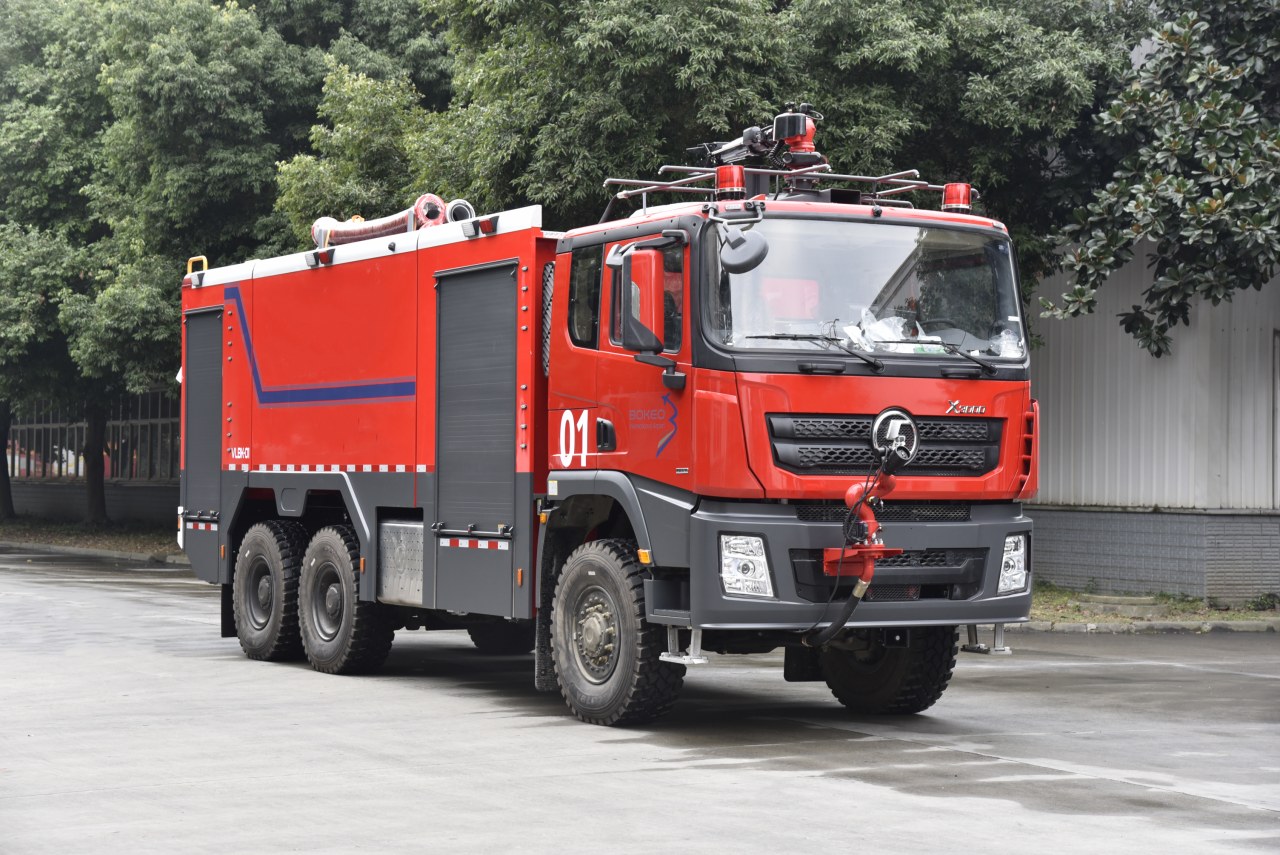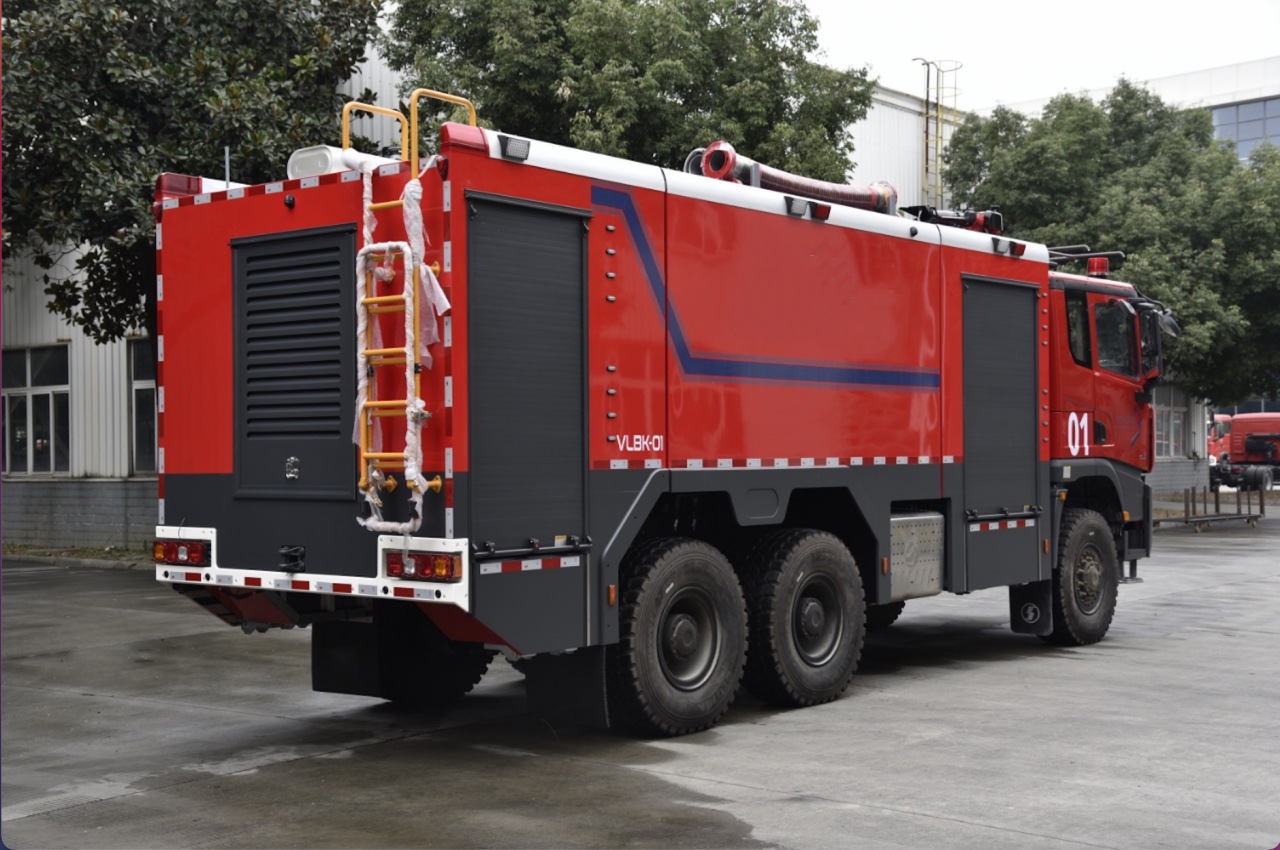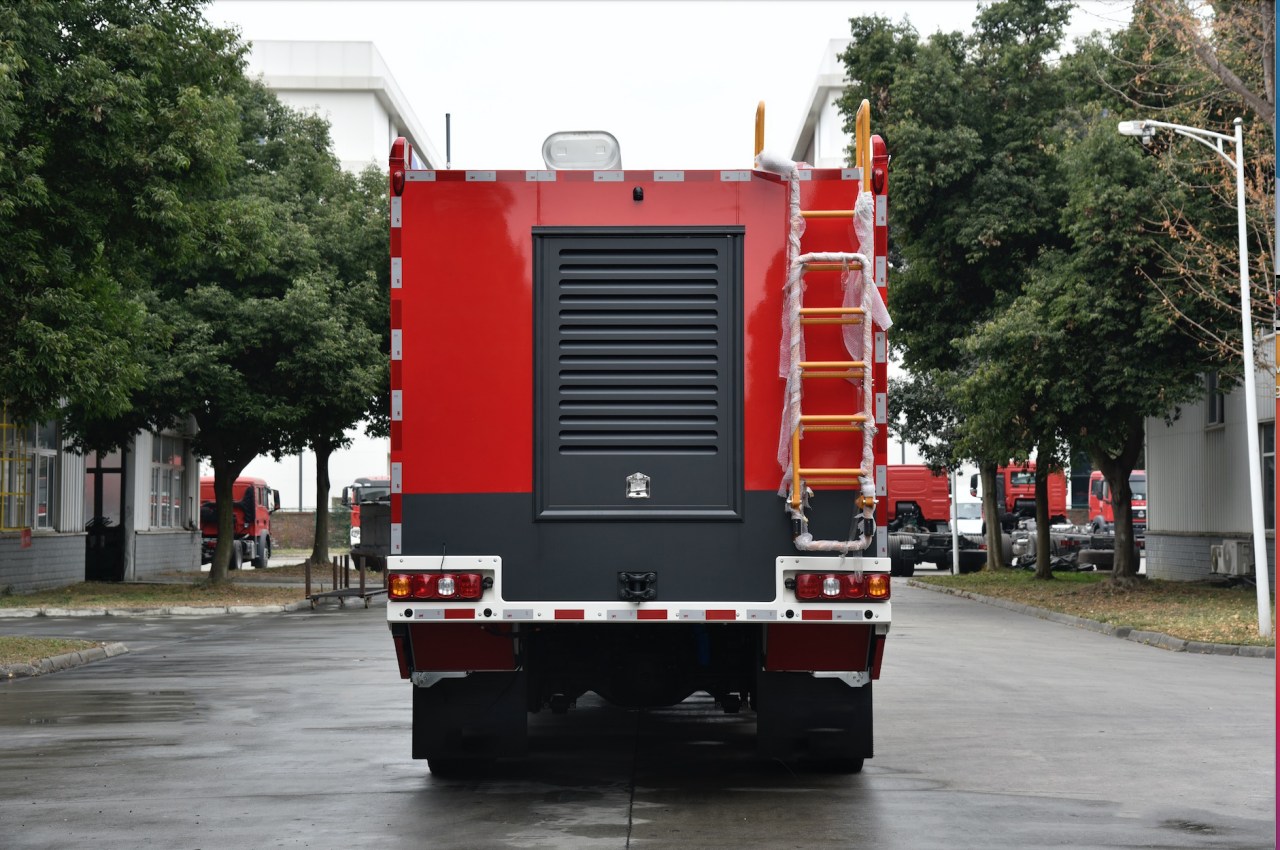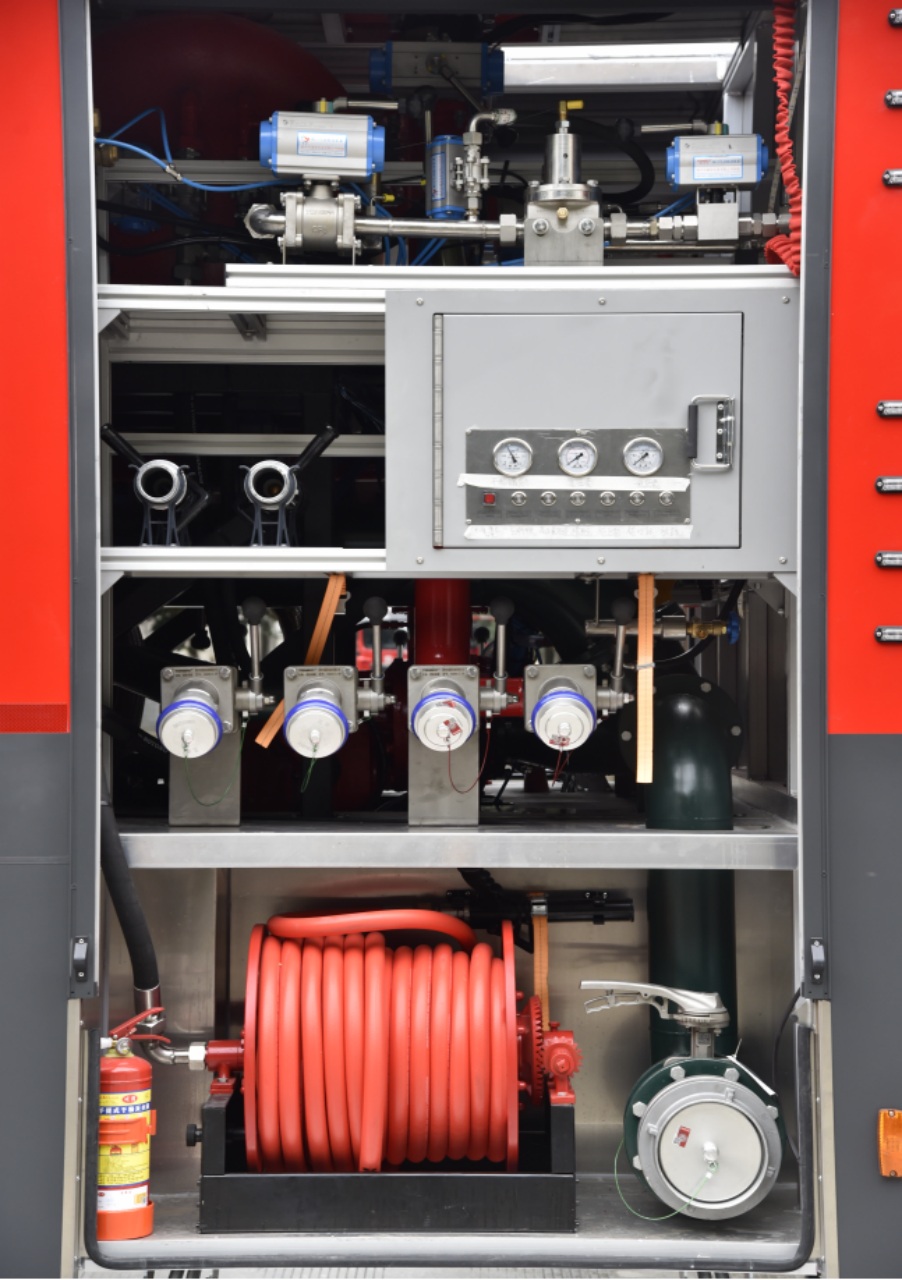Airport fire trucks, also known as aircraft rescue and firefighting (ARFF) vehicles, are specialized vehicles designed to respond to emergencies on airport premises, particularly those involving aircraft. These trucks have unique features and capabilities tailored to handle the specific challenges posed by aircraft accidents and incidents. From rapid response times to advanced firefighting technologies, airport fire trucks play a critical role in ensuring the safety of passengers, crew, and airport personnel.
History and Evolution
The history of airport fire trucks dates back to the early 20th century when aviation was in its infancy. As airports grew in size and complexity, so did the need for dedicated firefighting equipment capable of addressing the unique hazards associated with aircraft. Early fire trucks were often modified from existing municipal fire apparatus, but as aviation technology advanced, so did the design and capabilities of ARFF vehicles.

Key Features and Specifications
Airport fire trucks are characterized by their robust design and specialized equipment. Key features include:
- Rapid Response Capability: Airport fire trucks are designed for rapid deployment, ensuring quick arrival at the scene of an emergency.
- Specialized Firefighting Agents: They carry a variety of firefighting agents, including foam, dry chemicals, and water, tailored to combat different types of aircraft fires.
- High Reach Boom: Many ARFF vehicles are equipped with a high-reach extendable turret (HRET) boom, capable of delivering firefighting agents to elevated locations on aircraft.
- Heavy-Duty Construction: Built on heavy-duty chassis to withstand the rigors of airport operations and carry specialized equipment without compromising performance.
Advanced Technologies
Modern airport fire trucks are equipped with state-of-the-art technologies to enhance their effectiveness and safety:
- Thermal Imaging Cameras: These cameras help firefighters locate hot spots and assess the severity of fires, even in low visibility conditions.
- Integrated Communication Systems: ARFF vehicles are equipped with advanced communication systems to coordinate with airport authorities and emergency responders.
- Foam Proportioning Systems: Automated systems for precise mixing and application of firefighting foam, crucial for extinguishing jet fuel fires.

Operational Challenges and Training
Operating an airport fire truck requires specialized training and expertise due to the unique challenges of airport environments:
- Airport Regulations: Compliance with international standards and regulations governing airport firefighting operations, such as those set by the International Civil Aviation Organization (ICAO).
- Simulation Training: Regular training exercises and simulations to prepare firefighters for various emergency scenarios, including aircraft crashes and fuel fires.
- Collaborative Response: Coordination with airport fire departments, emergency medical services (EMS), and air traffic control to ensure a swift and effective response.
Global Standards and Regulations
The design and operation of airport fire trucks are governed by stringent global standards to ensure consistency and safety across international airports:
- NFPA Standards: The National Fire Protection Association (NFPA) provides guidelines and standards for the design, construction, and operation of ARFF vehicles.
- ICAO Recommendations: The ICAO establishes recommended practices for airport firefighting and rescue services to promote uniformity in emergency response capabilities worldwide.
- Equipment Certification: ARFF vehicles undergo rigorous testing and certification to meet specific performance criteria, including response time, firefighting agent capacity, and maneuverability.

Case Studies and Notable Incidents
Throughout history, airport fire trucks have played a crucial role in mitigating aircraft emergencies and saving lives. Case studies of successful responses and notable incidents highlight the importance of preparedness and effective equipment:
- Miracle on the Hudson: The emergency landing of US Airways Flight 1549 on the Hudson River showcased the swift response of ARFF teams in rescuing passengers from the water.
- Asiana Airlines Flight 214: The crash landing at San Francisco International Airport underscored the critical role of airport fire trucks in extinguishing fires and evacuating passengers.
Future Trends and Innovations
Looking ahead, advancements in technology and firefighting techniques continue to shape the evolution of airport fire trucks:
- Electric and Hybrid Vehicles: Exploration of electric and hybrid ARFF vehicles to reduce emissions and operational costs.
- Autonomous Systems: Integration of autonomous capabilities for remote firefighting operations and enhanced situational awareness.
- Enhanced Firefighting Agents: Development of eco-friendly and more effective firefighting agents to improve fire suppression capabilities.

Conclusion
In conclusion, airport fire trucks represent a specialized and essential component of airport firefighting and rescue services. From their historical roots to modern innovations, these vehicles exemplify the commitment to safety and preparedness in the aviation industry. As airports continue to expand and technology evolves, the role of airport fire trucks remains pivotal in safeguarding lives and property during emergencies.








